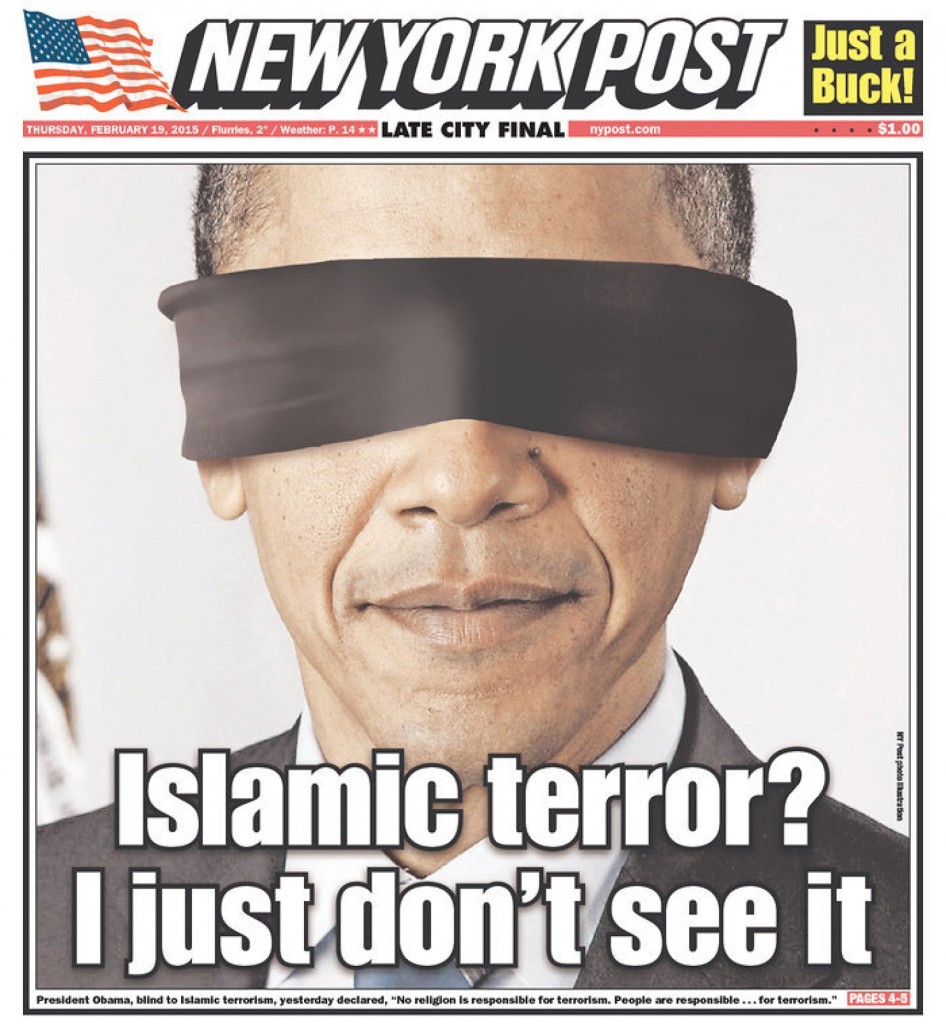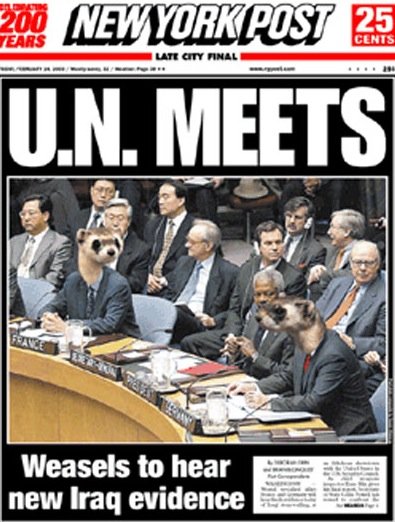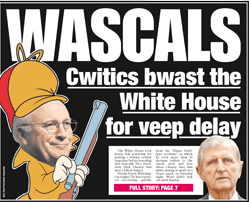Everyone in the tech press is spending enormous numbers of electrons on the new Apple watch announced today. Except it was really announced several months ago. It will talk to your iPhone, it will track your activity, it will help you navigate, it will….
…run at most 18 hours before it needs to be hooked up to a charger, when it’s new, before the battery starts its slow march toward death.
And the price? Any where from $350 for the entry-level Sport model all the way up to $10,000+ for the 18k gold Edition model. Yes, more than $10,000 for a gold electronic device that will be obsolete in two years. (Buzz is that maybe the high-end watch is a great idea. We’ll see.)
Now I realize that I’m not anywhere near Apple’s target market for fancy/schmancy Edition watch. And I realize that I’m an incurable Apple fan boy. But I have to admit that the Apple Watch loses me. I’m far more interested in the new Pebble Time smart watch that uses an eInk display that isn’t nearly as cool looking as the Apple display, but has the capability of running for up to a week between charges. (Only a lack of money is keeping me from pre-ordering the new Pebble.)
I’m sure Apple will sell a boatload of their watches (along with their new-and-improved laptops), but the thing that really struck me coming out of announcement was that HBO will be available without a cable subscription through the Apple TV streaming box. (Apple will reportedly have it as an exclusive for three months, then other providers will be able to sell it.)
I doubt that cable companies will ever be forced by the federal government to start selling al a carte cable channels (nor should they, in my view), but people who want to pick and choose a few select cable favorites are getting pretty close to being able to do that with streaming. And in the long run, I think that’s going to be the big change that today brings (in part) to the media world landscape.





Columnists for your reading pleasure
Here are links to a number of columnists and columnist index pages from newspapers around the country for my JMC 406 commentary writing students, and anyone else who’s interested. It has previously been published here in somewhat different form.
National Columnists
2004 Pulitzer Prize-winning columnist. His column written in response to the events of 9/11 struck a strong chord with readers. One of my favorite columnists. (I really liked his 2011 column on Anderson Cooper that addresses the issue that Jay Rosen calls The View From Nowhere.
2010 Pulitzer Prize-winning columnist. While she has been a co-host on CNN, her real gift is as a center right columnist. Among her Pulitzer portfolio was this great look at how inconvenient it can be that men and women are different. (And here is another post I put up on Parker for you to take a look at.)
1977 Pulitzer Prize-winning columnist, known as an “old guard” commentator who drops a lot of Latin and literature references into his columns, and writes occasionally about baseball.
Dionne is a liberal Catholic columnist and blogger for the Washington Post who takes a fairly serious, measured response. Provocative without being a flame-thrower. When Pope Benedict stepped down in 2013, he called for the Catholic church to name a nun as pope.
King writes about DC as well as politics for the Post. He won the Pulitzer for commentary in 2003. He had a lengthy column on the occasion of Sen. Strom Thurmond’s 100th birthday that gives us a powerful look at the issue of segregation and race in the United States.
In addition to writing on a wide variety of issues for the Miami Herald, Hiaasen also writes comic novels about south Florida. I highly recommend Skinny Dip and Basket Case
Commentary from newspapers around the United States:
Commentary from Nebraska newspapers:
Note: Many of the posts here are letters to the editor. They are interesting, but they are not newspaper columns. If you use this link, check what you are reading carefully.